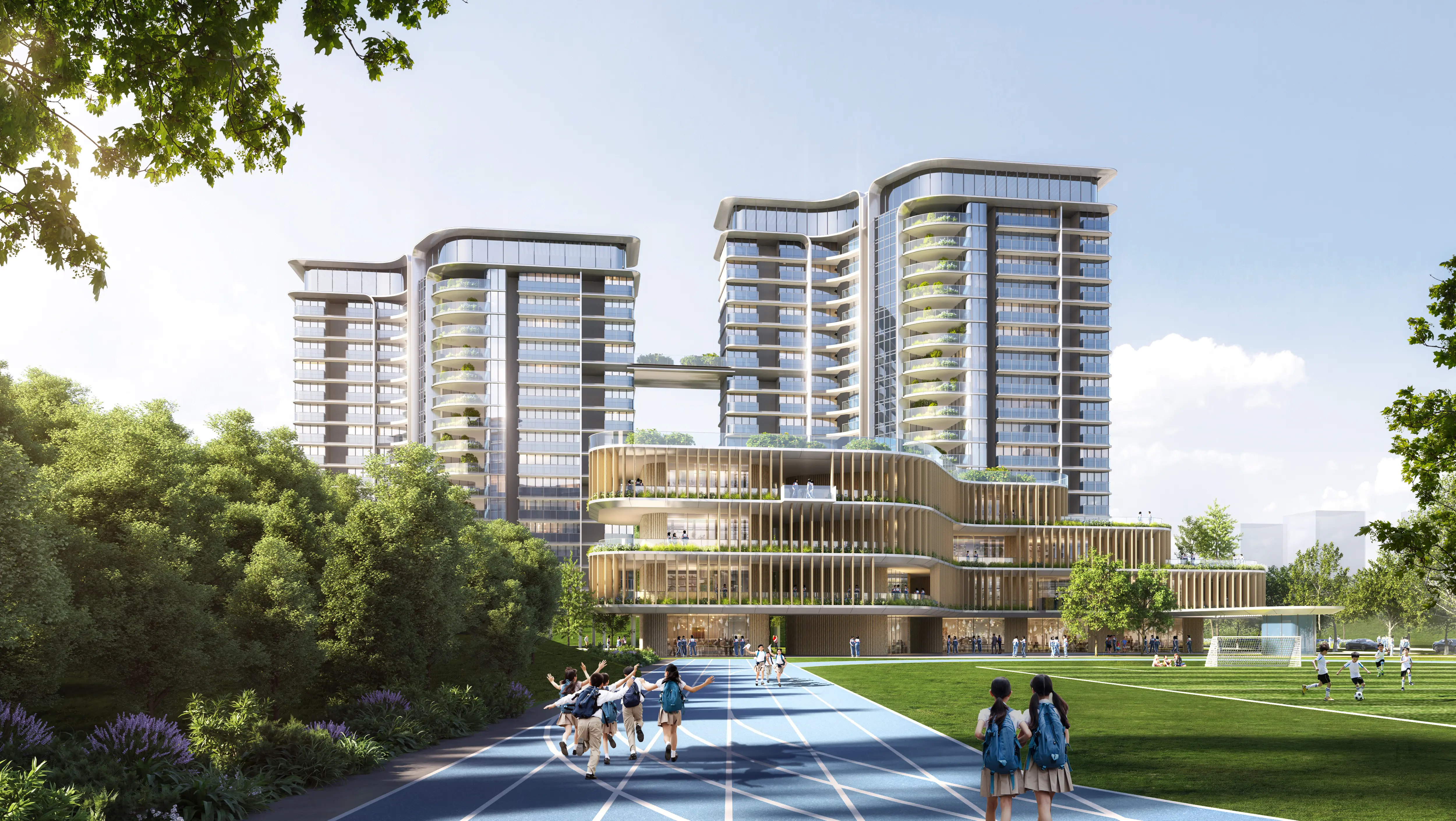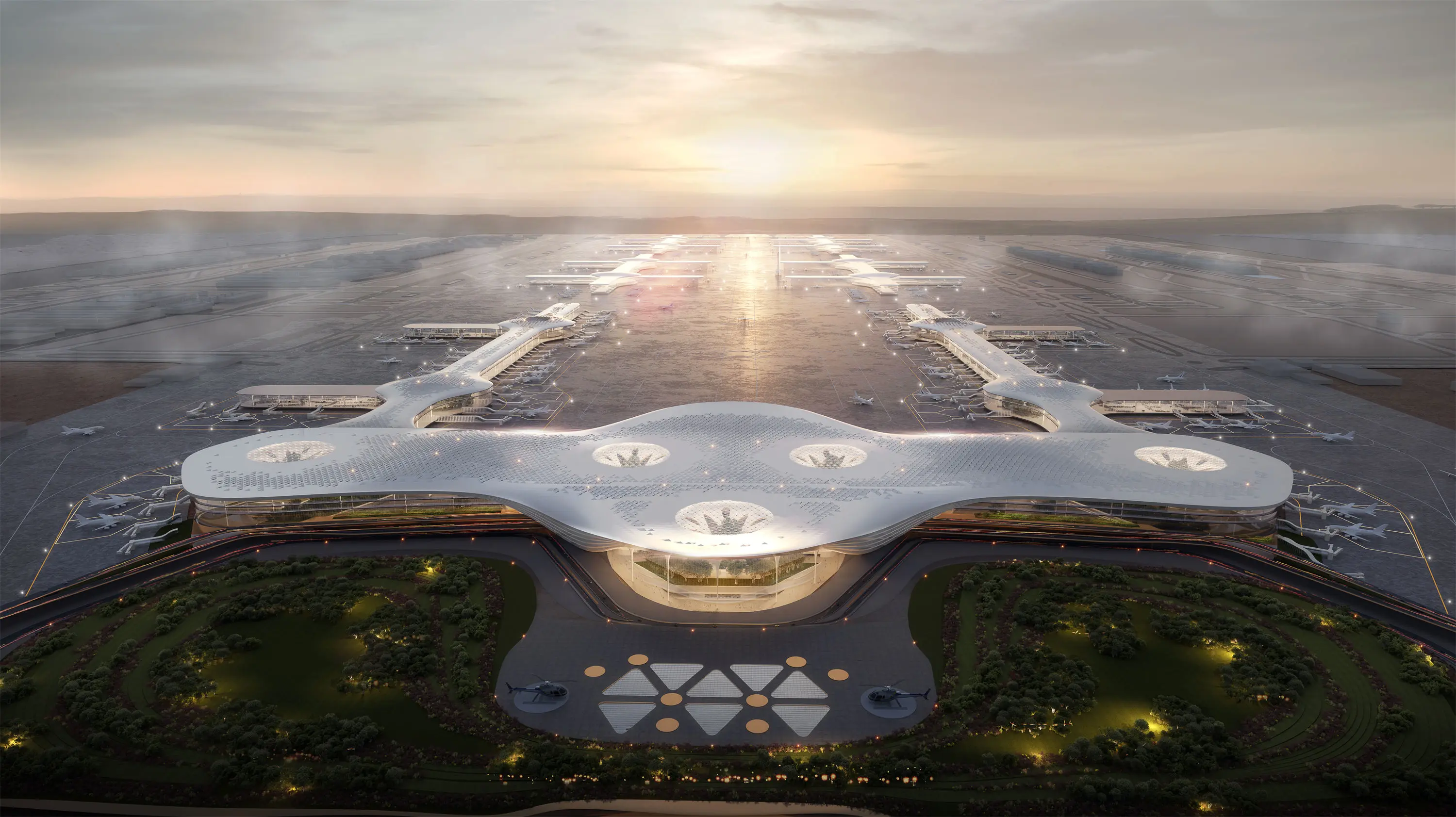How can AI improve design efficiency in architectural animation?
Fast Initial model generation: AI can quickly generate an initial 3D model of a building based on a simple description or sketch input by the Designer. For example, using an AI model based on generative adversarial networks (Gans), it is possible to learn a large amount of existing building model data and then generate the corresponding base model according to the parameters given by the user such as building type, style, basic size, etc., greatly saving the time to create a model from scratch.
Intelligent material and texture mapping: AI algorithms can analyze the style and characteristics of the building and automatically match the appropriate material and texture to the model. For example, for a classical style building, AI can automatically add antique brick texture to its walls, add glazed tile materials to the roof, etc., and can adjust the reflection, refraction and other properties of the material in real time according to the lighting conditions and Angle of view changes, so that the building presents a more realistic effect in the animation, reducing the tedious process of manually adjusting material parameters one by one.
Automatic scene layout: The use of AI technology can realize the automatic layout of scenes in architectural animation. For example, depending on the purpose of the building and the surrounding environment, AI can automatically add appropriate vegetation, roads, vehicles, people and other elements around the building to build a complete life scene. At the same time, AI can also automatically adjust the state of the elements in the scene according to the change of time and season, such as in the winter scene, let the trees wither, the ground is covered with snow, etc., enrich the content of the animation and improve the efficiency of the scene layout.

Intelligent path planning and camera mirror operation: AI can automatically plan the camera's motion path and mirror operation mode according to the characteristics of the building and the focus of the display. For example, for a building with a unique appearance and internal structure, AI can analyze its key feature points, generate the best shooting path around these feature points, and automatically adjust the camera Angle, focal length, and motion speed to show the details and overall beauty of the building. In addition, AI can also simulate different shooting styles, such as push, pull, shake, move, follow, etc., to add rich visual effects to the animation, saving the time of manual repeatedly debugging camera parameters and motion paths.
Fast rendering and optimization: AI technology can also play an important role in rendering. On the one hand, AI-based rendering algorithms can use deep learning models to learn the laws of light propagation and material interaction, so as to achieve fast rendering and greatly shorten rendering time. On the other hand, AI can automatically optimize the rendering results, such as automatically identifying and repairing defects in the model, optimizing light and shadow effects, adjusting color balance, etc., to improve the overall quality and visual effect of the animation.
Aid design decisions: AI can provide designers with decision support by analyzing large amounts of building design data and market feedback. For example, depending on different building types and target user groups, AI can predict which design elements and styles are more popular in the market, helping designers to optimize and adjust the design scheme before the production of animation, avoiding a lot of rework due to the wrong design direction in the post-production process, thereby improving the overall design efficiency.
LIGHTS has a professional and technical team composed of experienced 3D modelers, animators, special effects artists, editors and sound engineers. They are proficient in all kinds of animation software and technology, have solid architectural knowledge and artistic literacy, and can perfectly integrate technology and art to create high-quality architectural animation works for customers. During the years of development, the company has accumulated a wealth of project experience, covering various types of construction projects, including residential, commercial, cultural, educational, medical, etc. It has successfully provided high-quality architectural animation services for many well-known architectural design companies, real estate developers and government departments, and has won widespread praise and trust from customers.


